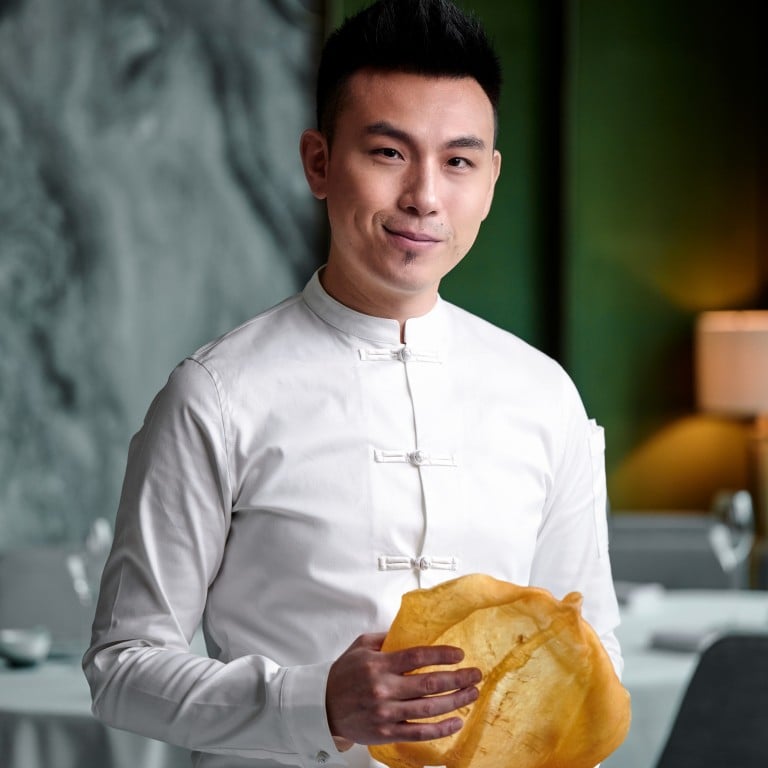Inside Michelin-starred chef Vicky Cheng’s cooking secrets: the Hong Kong entrepreneur behind Vea and Wing infuses French techniques with Chinese flavours – and gets ‘direct’ feedback from his kids

- Hong Kong-born chef Vicky Cheng, 37, is a familiar name in the city’s diverse dining scene – his two fine dining restaurants, Vea and Wing, are both listed on 50 Best lists
- Vea has a Michelin star and Cheng spotlights his classic French training with traditional Chinese ingredients and flavours to curate unique menus and profiles
“I’ve wanted to be a chef since day one, and I have never thought about going into another career path.” With more than two decades in the industry and two restaurants on the name-making 50 Best list, Vicky Cheng’s career speaks for itself.
Born in the city but trained in his craft in Europe, Cheng infuses the menus at both establishments with a border-busting culinary approach, applying classic French techniques to Chinese ingredients and flavour profiles.

“My culinary background has always been in French food. Ever since I’ve been back in Hong Kong, it’s never stopped fascinating me, the boundless possibilities that can be created with the unique aroma and variety of Chinese ingredients. That’s why Vea opened its doors and invented the ‘Chinese x French’ philosophy.
Wing boasts its own unique identity, Cheng explains: “Wing is a place where you may find authentic Chinese classic flavours revived with my own modern interpretations and unique combinations.” The restaurant’s signature crispy chicken shows just this, with the use of a dry-ager – a technique more commonly associated with Western cooking – to draw out the moisture and deliver a more concentrated flavour.

Another of Wing’s signature dishes is the fermented chopped chilli fish maw rice. “Using two-head dried fish maw and our house-made fermented chopped chilli, we carefully experimented to find the best umami flavour balance between the sweet and sourness of the chilli, and serve this with pork lard Niigata Koshihikari rice and crispy pork lard,” says Cheng.
“What we do at Wing is inspired by the finest of the ‘eight great Chinese cuisines’, using modern culinary approaches to strike a harmonious and well-balanced sensory experience while highlighting the understated elegance of traditional Chinese culinary finesse.”
But elevated fine dining and innovation shouldn’t come at a cost. “It is very important to prepare Chinese food without losing its original and authentic form.” Ultimately, says Cheng, “Chinese food should look like Chinese food.”